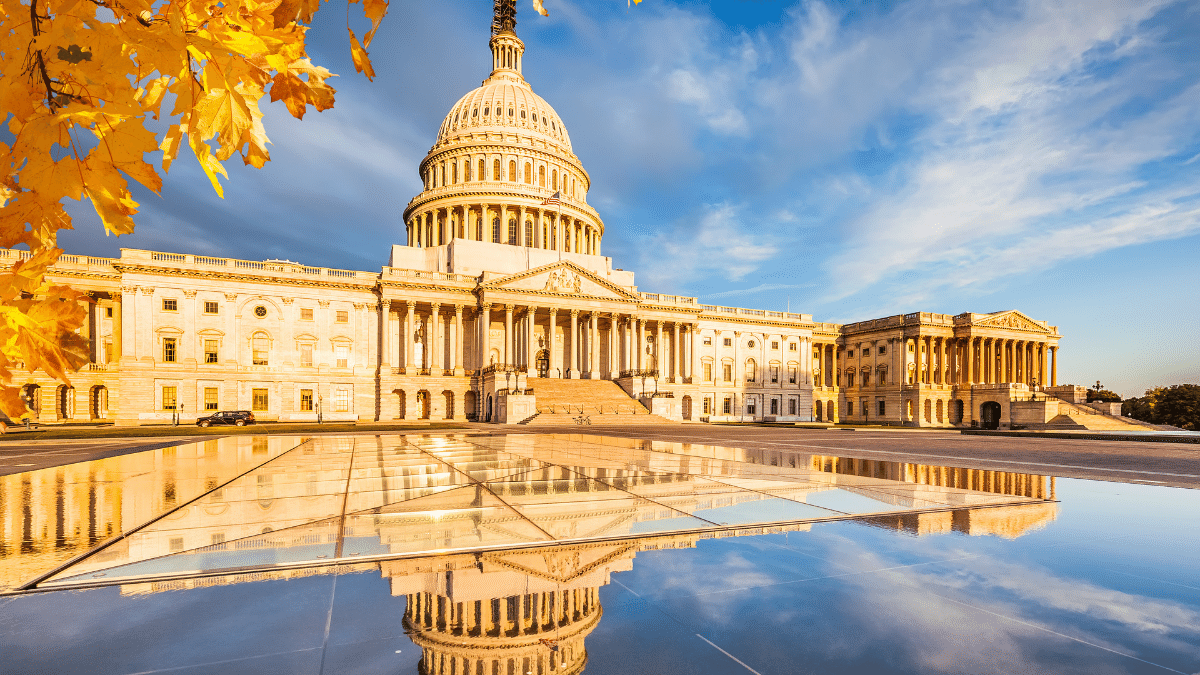Understanding the SMART Copyright Act

On Friday, U.S. Senators Thom Tillis (R-NC) and Patrick Leahy (D-VT) introduced the “Strengthening Measures to Advance Rights Technologies Copyright Act of 2022, better known as the SMART Copyright Act.
The act aims to reform the relationship between online service providers and content creators by promoting the use of “standard technological measures” that would, theoretically, help prevent infringing material from being reuploaded to the service after it is removed.
Almost immediately, various groups representing creators and rightsholders came out in favor of the bill. This includes the RIAA/NMPA, MPAA, Author’s Guild, the Association of American Publishers and many more.
However, critics have also lined up against the bill, including Re:Create, a tech-backed organization that calls for “balanced copyright”.
The prospects for this bill are, in general, seen as not good. According to an article on Politco, not only has there been no similar legislation introduced in the House of Representatives, but the bill faces an uphill climb against both the tech industry and other legislative priorities.
Still, it is an interesting piece of legislation and represents a new direction in copyright discussion. However, as we will quickly see, it’s not that the concepts themselves are new, just the possibility of them being enforced so broadly.
Background on the SMART Copyright Act
Understanding the SMART Copyright Act actually first requires a revisit of the Digital Millennium Copyright Act (DMCA), which was passed in 1998.
One of the key parts of the DMCA set up what we know today as the notice-and-takedown system. This system provides safe harbor to online service providers that host content for their users. This protects sites from the site of Facebook and YouTube all the way to small forums and image hosts.
In short, such providers cannot be held liable for copyright infringement by their users as long as they meet certain criteria. Among that criteria is that they designate a DMCA agent to receive notices of copyright infringement and then work to remove or disable access to any works they are notified about.
However, the law also requires that such providers must “accommodate and not interfere with standard technical measures (STM).” However, that element of the law has largely fallen off the radar. It is rarely enforced and rarely applied.
According to the Senators, this is for two reasons. First, hosts and other service providers fear losing safe harbor security if they implement such tools. Second, the original definition of an STM was so narrow that none have been identified since the law passed 20+ years ago. This is despite the fact that multiple technological solutions exist, many of which are already in use, that could fill that role.
The SMART Copyright Act aims to address that issue, and it does so through a process that is both novel and familiar.
Breaking Down the SMART Copyright Act
The SMART Copyright Act aims to identify and name STMs by handing the issue over the U.S. Copyright Office and the Librarian of Congress.
Specifically, the act creates a rulemaking process, which would be overseen by the Librarian of Congress, The process would be a public one where all relevant parties are represented as well as public comments accepted.
In short, every three years the Librarian of Congress would determine what tools, services or approaches qualify to be considered STM. The rulemaking will also consider what services such an STM would apply to and to what kinds of content they apply to.
From there, the technical measure will become a designated technical measure (DTM). The law makes it clear that such DTMs must be available on nondiscriminatory terms and either royalty-free or on a “reasonable royalty basis.” The goal is to ensure that providers are not overly burdened by this process.
Providers that run afoul of this may be hit with statutory damages. Those damages are capped at $150,000 for the first violation, with subsequent violations multiplying. Whether the provider is an innocent infringer may also be weighed and damages reduced accordingly.
If this process sounds familiar to you, it’s because it is. The triennial rulemaking process is extremely similar to the process the U.S. Copyright Office already undergoes for Section 1201 of the DMCA, which oversees anti-circumvention regulations.
That sections of the DMCA deals with the circumvention of digital rights management (DRM). The DMCA made such DRM circumvention broadly illegal, but allowed the Copyright Office to craft exemptions to the rule, which are determined every three years.
According to the Senators, this process proves that the U.S. Copyright Office has both the ability and the expertise to perform such duties when it comes to STMs.
This likely won’t do much to appease critics of the bill, including tech companies that fear additional regulations and various groups that fear such technology could overreach and harm free speech online.
What Will It Do?
It’s impossible to say what it would look like if this particular bill should pass. The reason is that the bill setups a process for determining what STMs should be used and by whom, but says nothing about what measures could or should be implemented.
In short, all that we know is that, if this bill becomes law, there will be a new rulemaking process on this issue and what that process will entail. We do not know what technological measures will be adopted, who they will apply to, or what kinds of content they will be required to block.
That is deeply frustrating but also unavoidable. The bill recognizes that technology evolves and advances. Tools that were once industry standards fall behind while new ones emerge. Any system that is going to require online service providers to block infringing uploads needs to be flexible.
This was understood with Section 1201 of the DMCA, which is why that rulemaking process was created. This bill simply takes that idea, and applies it to the technological measures to prevent infringing content from being uploaded.
While it’s impossible to predict how the U.S. Copyright Office would implement this, the Section 1201 process has shown that they do tend to be conservative with their use of their powers, reserving it for issues where there is limited dispute. That would likely carry over here.
Still, the uncertainty that this bill creates is understandable and there is simply no way to know for certain what the Copyright Office might carve out if given the chance.
Bottom Line
As I said before, the prospects for this bill do not look particularly great. However, that will likely not be the end of it. The CASE Act, for example, was only passed in 2019. That act created the Copyright Small Claims Board, an idea that had its roots as far back as 2006.
Ultimately, the CASE Act was simply the last of several attempts to institute such a board.
Even if the SMART Copyright Act doesn’t progress very far, it’s kicking off a new conversation in copyright. The idea likely will be back again and again, especially with the backing of so many rightsholders.
This is an idea and a direction that is likely going to be talked about a great deal more over the coming years. Even if it doesn’t pass this go around, it’s almost a guarantee that we’ll see this concept come up in the future.
After all, it’s an idea that’s literally 23 years in the making.
Want to Reuse or Republish this Content?
If you want to feature this article in your site, classroom or elsewhere, just let us know! We usually grant permission within 24 hours.
